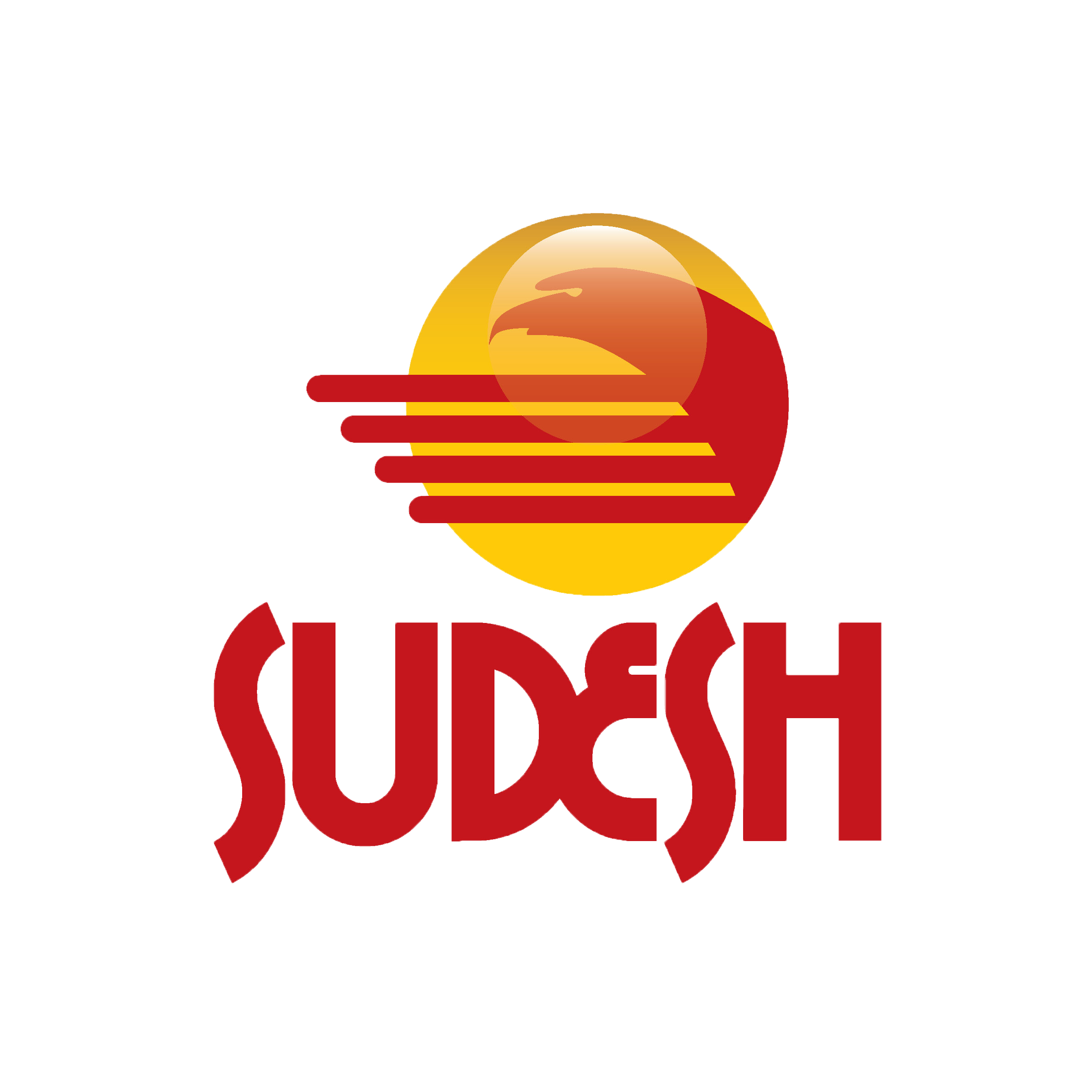As a Coach, sometimes it’s tough to explain the simplest of concepts like teamwork. Some people think it’s all about agreeing to everything and anything. Others perceive teamwork to be artificial harmony.
Recently on my trip to Nairobi, I had to explain teamwork to a team of Type A Executives and I drew from the Canadian geese metaphor.
We can learn a lot about leadership from Canada geese. They flock share and rotate leadership positions, communicating with each other to understand what is needed to help them navigate at any point in time. In fact, by flying in this formation, the group can gain a flying range up to 71 percent greater than if the birds flew solo.
What if we put the customer opposite the lead bird (or employee)? That way, when the customer’s needs change, the employee in the lead position dynamically shifts to the employee who is best suited to help the customer.
For example, a customer has a question about a specific offer and wants to speak to someone in marketing. If they need help getting the order status or fixing something after purchasing the product, they’ll want to speak to order management and customer service, respectively.
Under a dynamic model, the “point person” responding to the customer shifts in response to the customer’s needs and circumstances.
And because every employee has a view into the customer interaction, they all have context from previous interactions and can pick up right where the last employee left off. This provides a seamless experience for both the customer and all the employees who help the customer throughout their marketing, sales, and service journey.
Using this kind of integrated platform requires a complete cultural and organizational restructuring that takes the company from siloed departments to Customer-Centric Empathy Pods. These pods seamlessly integrate customers, employees, and enterprise systems to create a collaborative workflow. For example, instead of only giving employees in the contact center access to the experience platform, every employee in the organization would have a seat at the table.
Communication is greatly enhanced, as are problem-solving capabilities. After all, you have the right employee at the right time to solve a customer’s issue.
Companies that take customer-employee experience seriously operate their cross-functional departments as a tightly integrated systematic pod, and in doing so, provide a real-time, holistic view of customer-employee interactions. This type of organizational structure, along with Experiences as-a-Service technology platform, allows companies to truly act on behalf of the customer and deliver the relevant, real-time information needed to provide memorable experiences—regardless of the specific circumstances involved.








